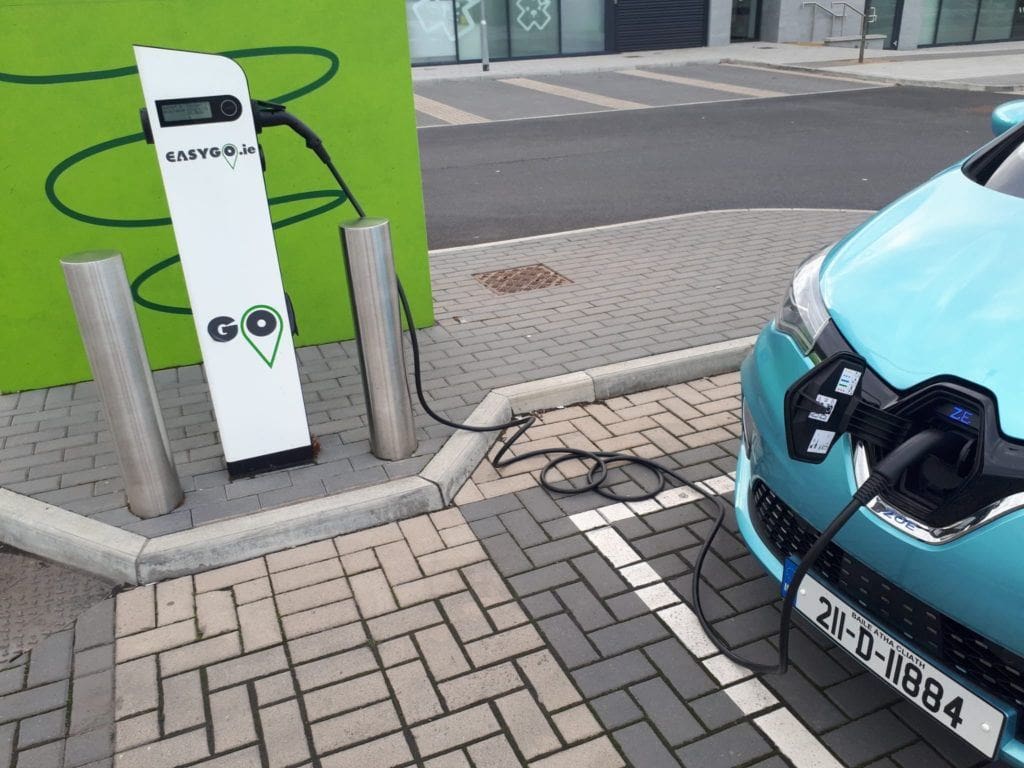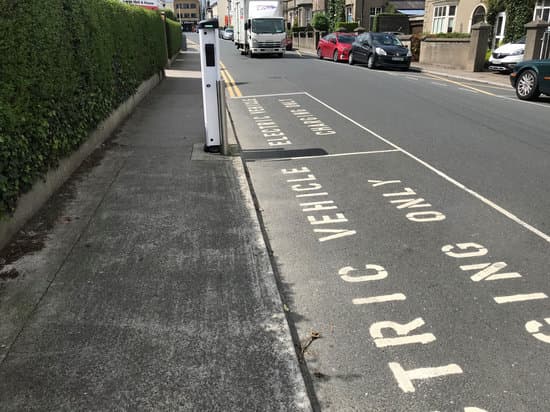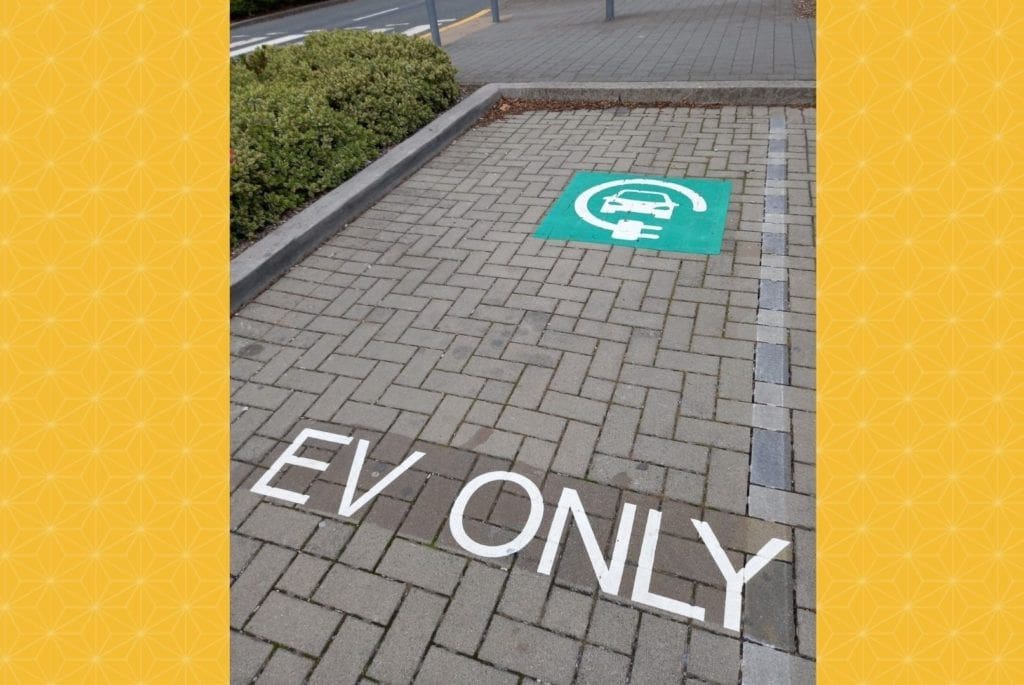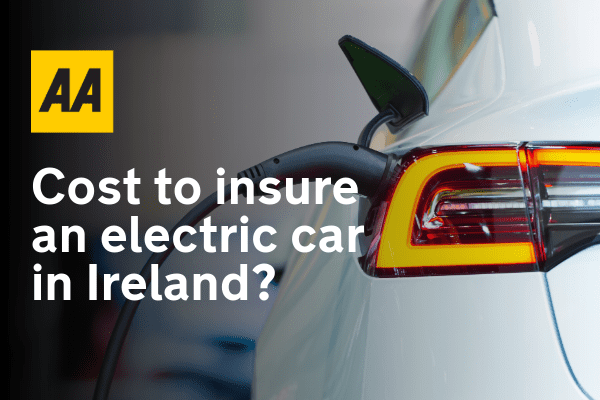Making the move to EV can be daunting. Ireland has never registered as many new EVs as this year, but they’re still reasonably rare on the roads and many of us are still unfamiliar with them. The most common concerns are around range and battery life: how far will you be able to travel on a full battery? Will you only ever be able to make short journeys? Where would you charge it? Is it more expensive?
EV technology has come a long way since the first generation arrived in Ireland more than 10 years ago. There have been big improvements in battery life and range, and charging infrastructure has come a long way. While they may still not be option for some people due to location or the amount of driving they need to do, others may be surprised to learn that an EV would now cover their driving needs.
Here’s what you need to consider if you’re thinking of making the switch.
Look at the costs
EVs are generally more expensive to purchase than petrol or diesel cars, given they’re more expensive to produce. The Renault ZOE, Nissan Leaf, Electric Mini, Peugeot e-208 and Opel Corsa-E all start around the €26000-€29000 bracket, while the Volkswagen ID.3, Hyundai Kona Electric and Kia’s Niro and Soul all come in from €36,000-€39,000. The BMW i3 starts from €44,000, and at the top of the table, the Tesla Model 3 would set you back around €53,000. There is currently an SEAI grant for up to €5,000 towards the cost of an EV. You also get up to another €5,000 in VRT relief. This can bring the price of an EV down by as much as €10,000 for a private buyer.
Despite the steeper initial price, EVs cost a lot less to run compared to petrol or diesel vehicles, so work out your costs over a few years if you can.
Charging on the public networks works out at around €4 per 100km, or €5 if using fast chargers. At home, it’s likely to cost you €3.50, but could be as low as €1.87 if you have a night-rate as part of your electricity bundle. That’s compared to around €8.35 for petrol (allowing 5.7 litres per 100km at July 2021 fuel prices) or €7.07 for diesel (allowing 5.1 litres per 100km at July 2021 prices). There are even some public chargers that are free to use, where a business provides them free to customers while you’re in their car park.
EVs are also in the cheapest band for road tax than petrol/diesel cars as they have no CO2 emissions (€120 a year), and are charged lower tolls at most toll plazas in the country.
After a couple years driving, you will likely have covered the initial outlay and be making savings compared to driving a traditional car. However, having to fork out more upfront to pay for the vehicle (and possibly a home charger) could pose a difficulty.
Work out your mileage
The most important thing to do while deciding if an electric car is feasible for you, is to work out much you actually drive your car on a daily and weekly basis. If you already have a petrol/diesel car, use the milometer on your dashboard to measure your distance travelled for couple of weeks (making sure they are reasonably average weeks for you – don’t measure on a week you’re off work if you usually commute, or where you’ve made some one-off journeys). If you don’t currently have a car, measure all your intended journeys on a map, and add them up. Then allow a little extra for some unexpected trips or detours.
The range and battery life of EVs has come a long way in the last few years, so you may be surprised to find many of them would cover the distance you need to travel now. The range of the above-mentioned models varies from 235km for the Mini to 580km for the Teslas, with most somewhere in the middle. Many are capable of over 300km on a single charge. The average Irish car was driven 16,867km in 2019, so about 314km a week, meaning many people could just about manage their full week’s driving on one charge, and would definitely cover it with a top-up mid-week. Do your research on the model you’re looking at and see if there are any real-world tests, reviews or “living with the car” pieces online (see here for our week with the Renault ZOE for example). The numbers stated by the manufacturers are usually based on the WLTP model, involving predominantly urban/suburban driving in mild weather conditions. Allow for a slightly lower range if you’re doing a lot of motorway driving. Remember that range will also drop in cold winter weather, reducing it by about 10-15%, especially if you’re using the heater more.
If you have a high weekly total, a particularly long commute, or an unpredictable travel pattern, you may not find a vehicle that matches both your range and budget. Don’t rule it out until you’ve done the maths, though, and remember you may find a hybrid or plug-in hybrid option that works instead.

Figure out the charger situation
Charging at home is usually the easiest and cheapest option, but that obviously means you need to have a driveway or other off-road parking at home. In that case, you can look into getting a home charger installed, and there’s currently an SEAI grant of €600 to help with the costs of this. Some EVs also come with a cable for a standard three-pin socket, although this is a very slow option and may not work in cases where it would mean leaving your front door open. If you shop around for your electricity, you may be able to get a deal with a night-rate, leading to very cheap overnight charging.
If charging at home is out of the question, you’ll need to research your options in terms of public chargers. The network has improved greatly in recent years, especially in urban areas. The ESB network has over 1,300 chargers and EasyGo have at least 400 more (often installed by businesses for the customers). There are others installed by county councils in lamp-posts and some in petrol stations (including some Circle K and Applegreen). Most of these have their own maps, and there’s also the ZapMap that shows most chargers from all operators here in Ireland and in the UK.
Have a look at the options near you, whether that’s on-street near your home, at your workplace, or in the car park of a business you often visit, like a supermarket. It’s particularly convenient if you can charge the car somewhere that it’s going to be parked anyway. Of course, you can’t control whether chargers will be available when you get there, so scope them out beforehand. Before buying, visit them at the times you would be likely to charge and see how often they are available. How far away would your back-up plan be?
Whether you’re planning to do the bulk of your charging at home or elsewhere, you should also look at the various maps to see how many chargers are available in places you often go. Is there somewhere you can charge nearby if you’d forgotten to charge the night before, or if you’re staying somewhere overnight? Where are the chargers en route if you’re making a longer journey?
It’s worth looking at the types of charger your preferred car would use too – some now have the option of a fast charge that makes longer journeys more doable. You can expect public chargers to take a couple of hours to get to 100%, but fast chargers can get you to 80% in less than an hour. And most models will get an extra 100km range in a shorter charging time if you’re just looking to complete a journey rather than filling up.

Battery life
One of the concerns people have is about the life of the battery – will it degrade over time? Most of us look at our phone batteries and wonder if the same will happen with our EVs.
Many manufacturers provide a guarantee for 8 years or 160,000km for their batteries. According to Simon Acton of the Irish EV Owners Association, EV batteries are generally more robust than phones, as vehicles are designed to optimise battery use. He says most batteries will last at least 10 years with only a small loss of capacity. There are things you can do to keep it in top shape, such as charging to 80% rather than 100, and driving with regenerative braking on.
Battery replacement and recycling are likely to become more widespread in the coming years too.
Get advice
EVs can be different to petrol/diesel cars in a number of ways, not least in the fact that they don’t make an obvious noise when they are running or stopped. Our colleagues in AA Rescue, who have portable charging vans for EVs, tell us the single most important thing you can do after purchasing an EV (or any vehicle!) is to read the manual or talk to the dealership to make sure you fully understand how your vehicle works. This helps you to avoid accidentally depleting either the main battery or the 12V accessory battery. It might also teach you ways you can prolong the battery life, such as driving in a regenerative braking mode, driving at a slightly lower speed and warming the car before using it on cold days. The Irish EV Owners Association also has lots of advice on EV ownership on their website.
It goes without saying that there are some factors that would make the switch to EV easier for some people, particularly those who mainly drive medium-length journeys in urban areas and have off-road parking at home. However, this doesn’t necessarily rule it out for all rural residents or apartment-dwellers, especially with improvements in range and charger availability. Doing your research may surprise you; but even if you find out that an EV wouldn’t cover your needs at this point in time, a hybrid vehicle may be an option.










